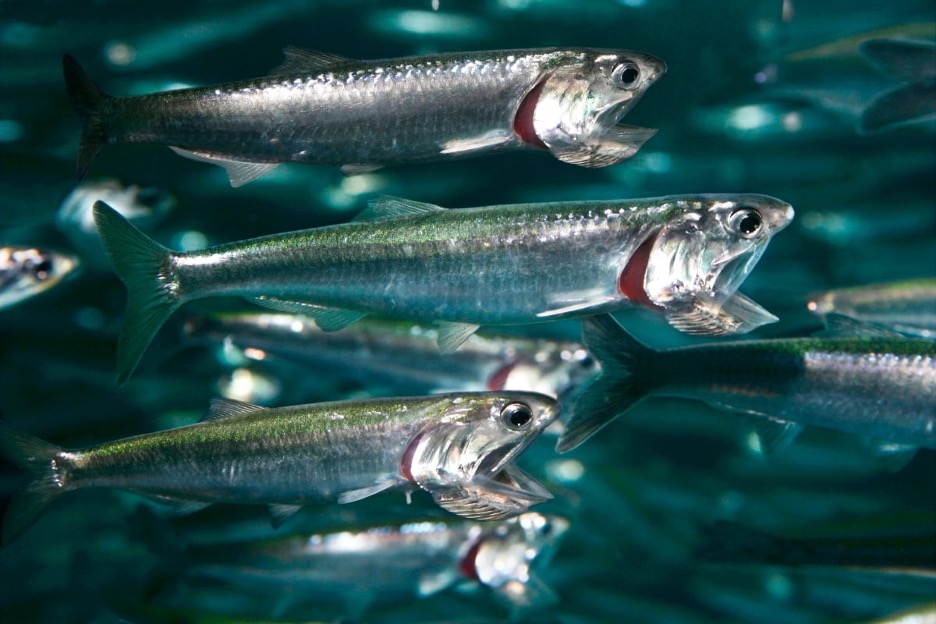Our next guest is Matt Vaughan, a third year PhD student in Integrative Biology working with Prof. Sarah Henkel in the Benthic Ecology Lab. Matt originally hails from Melbourne, Australia and recently joined the ID team as a host. A major theme of his research interest is biological “disturbance and change”, meaning the impact of stressors on organisms and ecosystems.
Matt’s PhD research centers around invertebrate life found on the ocean floor, known to researchers as the “Benthic zone”. He focuses especially on ghost shrimp, a type of crustacean that builds burrows on the ocean floor. In the Pacific Northwest, ghost shrimp have historically inhabited estuaries, the areas where rivers flow into the sea. Within the last decade however, a significant population of ghost shrimp has arisen much farther than expected for the species, more than seven miles off the coast of Oregon and southern Washington. This mysterious colonization could have been spurred by environmental disruptions such as climate change, and the shrimp also represent a significant change in the local ecology of the ocean floor. Firstly, ghost shrimp burrows alter the habitat for preexisting invertebrate species, reducing stability on the seafloor. The large and intricate burrows are often in high densities, and the sand they kick up through their bioturbation can affect the survival and behavior of invertebrates like bivalves. Ghost shrimp burrows also oxygenate the sediment and host vibrant microbial communities, together altering the biogeochemistry of the ocean floor.

Matt studies these ecological dynamics by surveying the ocean floor during boat trips out of Newport. His team samples the bed using box cores to collect, identify and count the invertebrates. Matt then uses computational and statistical analysis to characterize the population structure of these areas, particularly seeking to tease out the differences in species distribution between areas with and without ghost shrimp burrows. Ghost shrimp are also relatively large compared to other invertebrates in the area, so their arrival provides a significant potential food source for larger marine life like sturgeon and even gray whales. In the rest of his PhD, Matt hopes to model this trophic impact in the long term.

To hear more about Matt’s research and how his travels to the Great Barrier Reef and Southeast Asia helped him discover his love for science, tune into KBVR 88.7 tonight at 7pm or listen soon after wherever you get your podcasts.

